Pulse Oximetry with 2 AAA Batteries (CE)
₱375.00
- Description
* Lightweight, easy operation
* Automatically power off after 8s idling
*LED display, four directions adjustable
*Low-power consumption, runs on standard AAA batteries
* Auto power off
* Available Colors: Blue & Yellow
Important Note: Please consult your healthcare provider for any questions related to abnormal oxygen saturation levels.
Performance/Measurement Range:
- SpO2 and pulse monitoring with waveform display
- Accuracy: SpO2 (70%-99%)+-2%; PR(30BPM-240BPM):+-1BPM or +-1% measured value
FAQs:
What is Pulse Oximeter?
Pulse oximetry is a noninvasive and painless test that measures your oxygen saturation level, or the oxygen levels in your blood. It can rapidly detect even small changes in how efficiently oxygen is being carried to the extremities furthest from the heart, including the legs and the arms.
What are the uses of Pulse Oximeter?
It may be used to monitor the health of individuals with any type of condition that can affect blood oxygen levels, while they’re in the hospital or at home. These conditions include chronic obstructive pulmonary disease (COPD), asthma, pneumonia, lung cancer, anemia, heart attack or heart failure and congenital heart defects.
How accurate is the Pulse Oximetry readings?
Pulse oximetry is usually an accurate test. It consistently provides results within a 2% difference either way of what it truly is. If a reading was 82%, for example, the true oxygen saturation level may be anywhere from 80% to 84%. However, the quality of the waveform and assessment of the individual must be considered. Factors such as movement, temperature, or nail polish can impact accuracy. Typically, more than 89% of blood should be carrying oxygen. This is the oxygen saturation level needed to keep cells body healthy. An oxygen saturation level of 95% is considered normal for most healthy individuals. A level of 89% indicates potential hypoxemia or deficiency in oxygen reaching tissues in the body.
| Color | Black, Lime Green, Cyan |
|---|

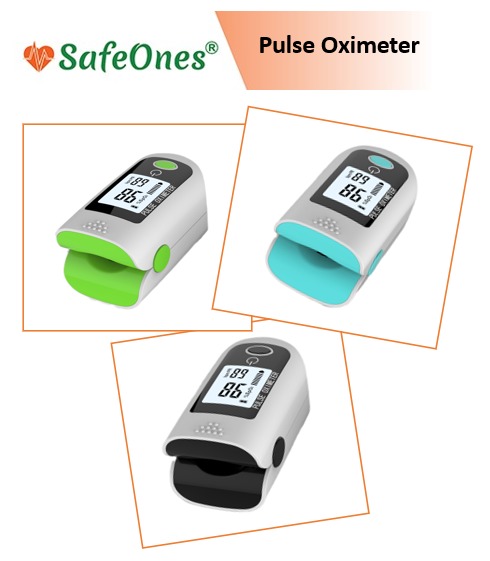
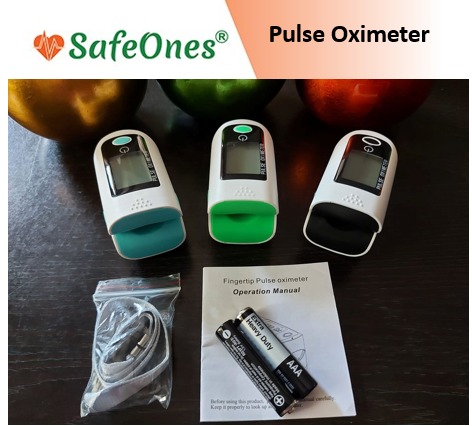
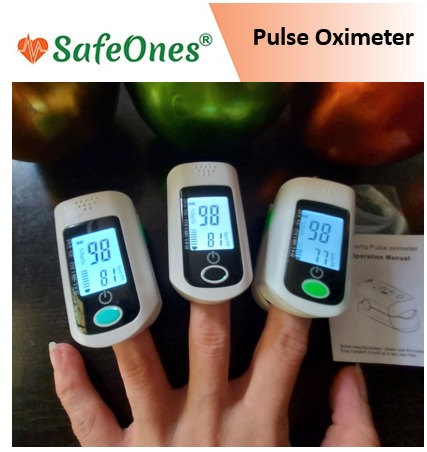

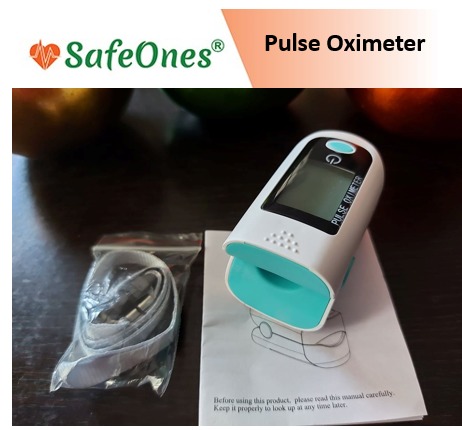
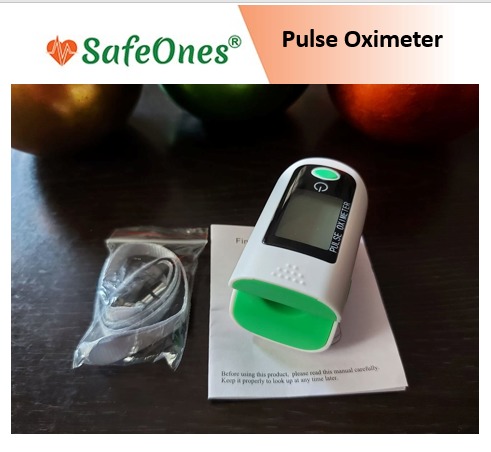



Reviews
There are no reviews yet.